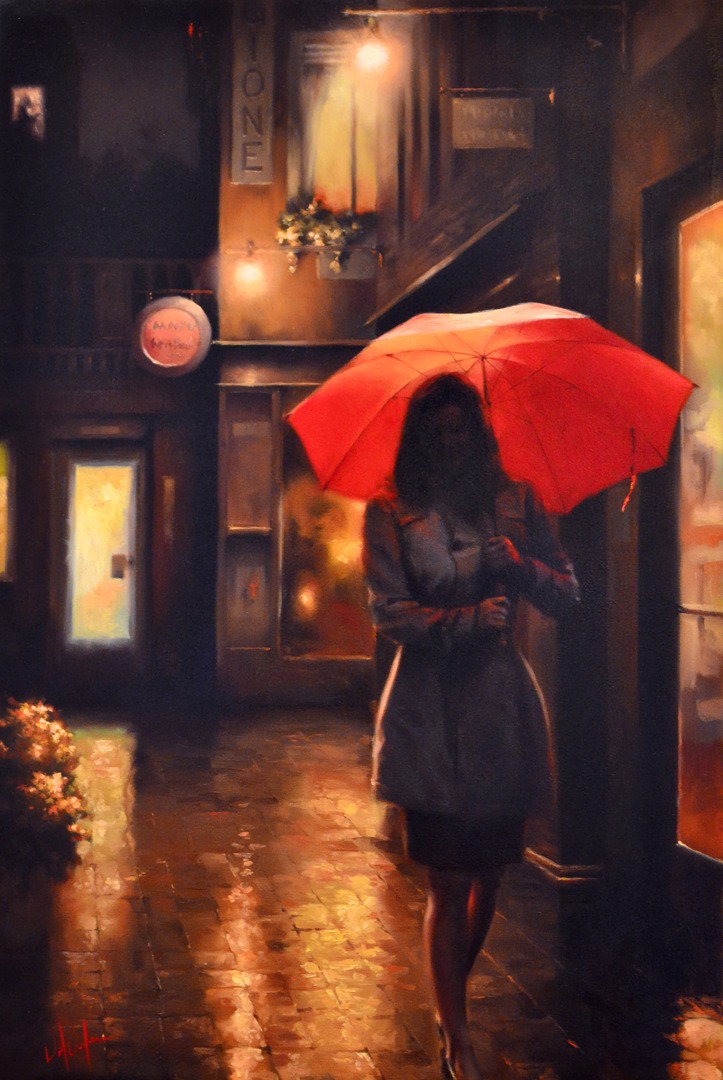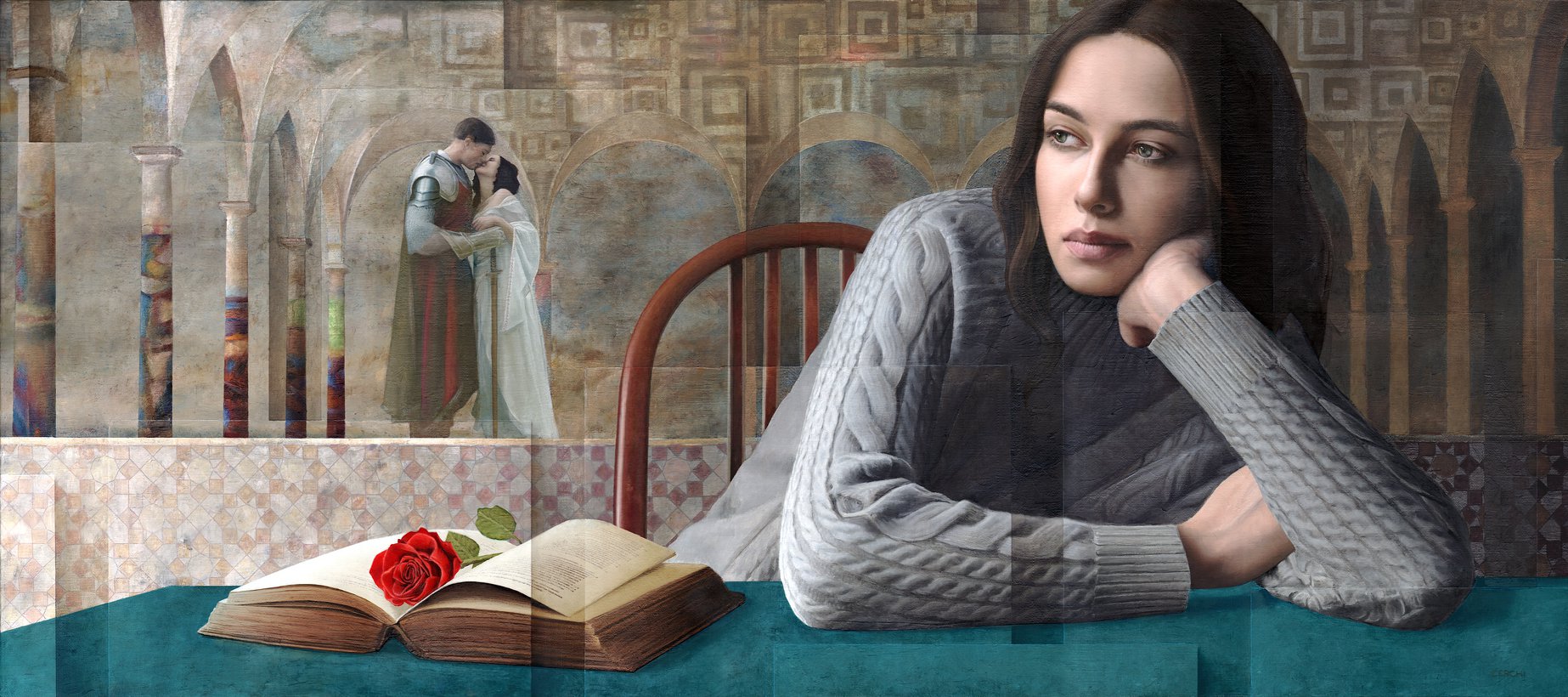Judith Leyster (1609–1660) is the most famous female painter of the Dutch Golden Age.
Unlike many contemporary female artists, who concentrated on meticulously painting true-to-life flowers and insects, she ventured into more ambitious figure-based projects.
Competing with Frans Hals, Leyster chose remarkably similar themes: portraits, children playing, dancing musicians and a drinking actor.
She is also known for her innovative and evocative night scenes, in which she experimented with the subtle effects of light and dark.
Judith Leyster | Two Children with a Cat, 1629

%2B-%2BTwo%2BChildren%2Bwith%2Ba%2BCat%2C%2B1629.jpg)







%2BSaint%2BGermain%2Ben%2BLaye.jpg)























+13.jpg)






.jpg)




.jpg)




